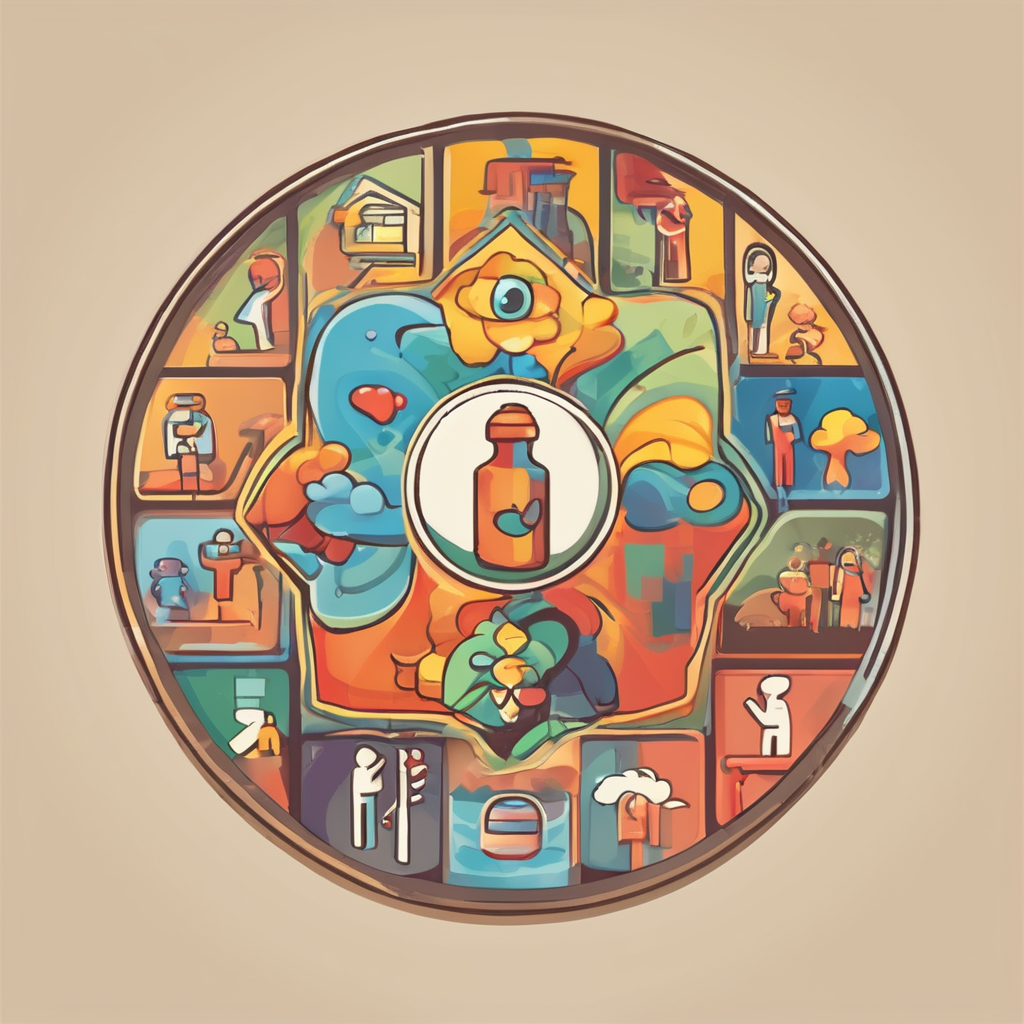Exploring the Impact of Consistent Thermal Therapy on Heart Health in Middle-Aged Men to Thermal Therapy and Heart Health
When it comes to maintaining heart health, especially in middle-aged men, various therapies and lifestyle changes are often recommended. One of the lesser-known but increasingly popular methods is thermal therapy, which includes practices like sauna bathing, heat therapy, and even mud pack applications. In this article, we will delve into the world of thermal therapy, exploring its benefits, mechanisms, and practical applications for improving cardiovascular health.
Understanding Thermal Therapy
Thermal therapy involves the use of heat or cold to treat various health conditions. For cardiovascular health, heat therapy is particularly relevant. Here are some common forms of heat therapy:
Also to read : Unlocking Better Health: The Role of Mobile Apps in Boosting Patient Adherence to Chronic Medication
Sauna Bathing
Sauna bathing, especially the Finnish sauna, has been a staple in many cultures for centuries. It involves spending time in a heated room, typically between 150°F to 200°F (65°C to 90°C), for a duration of 15 to 30 minutes. This practice has been extensively studied for its cardiovascular benefits.
Waon Therapy
Waon therapy, also known as dry sauna therapy, is a form of thermal therapy that originated in Japan. It involves sitting in a dry sauna at a lower temperature than a traditional Finnish sauna but for a longer duration. This therapy has been shown to improve cardiovascular function and reduce the risk of heart disease.
In parallel : Do Probiotics Help Combat Antibiotic-Related Diarrhea in Seniors? Exploring the Benefits for Elderly Patients
Mud Pack Therapy
Mud pack therapy, as discussed in a recent pilot study, involves applying a mud pack to specific areas of the body, such as the abdomen and eyes. This method has shown promising results in reducing blood pressure and improving cardiovascular parameters in patients with hypertension[4].
Cardiovascular Benefits of Thermal Therapy
Thermal therapy, particularly heat therapy, has several well-documented benefits for cardiovascular health.
Reducing Blood Pressure
One of the most significant benefits of thermal therapy is its ability to reduce blood pressure. Studies have shown that regular sauna bathing can lower both systolic and diastolic blood pressure, reducing the risk of hypertension and associated cardiovascular diseases[1][4].
Improving Heart Rate Variability
Heart rate variability (HRV) is a marker of autonomic nervous system function and is associated with better cardiovascular health. Thermal therapy, including sauna bathing and waon therapy, has been shown to improve HRV, indicating enhanced parasympathetic activity and better autonomic regulation[1].
Enhancing Endothelial Function
Endothelial function is crucial for maintaining healthy blood vessels. Thermal therapy has been found to improve endothelial function, which helps in the relaxation of blood vessels and improves blood flow. This reduction in vascular resistance can lower the risk of cardiovascular events such as myocardial infarction[1].
Mechanisms Behind Thermal Therapy
To understand why thermal therapy is beneficial, it’s essential to look at the mechanisms involved.
Heat Stress and Cardiovascular Response
When the body is exposed to heat, it responds by increasing blood flow to the skin to dissipate the heat. This process involves the dilation of blood vessels and an increase in heart rate. Regular exposure to heat stress, as in sauna bathing, can make the cardiovascular system more efficient and resilient[2].
Autonomic Nervous System Regulation
Thermal therapy affects the autonomic nervous system, reducing sympathetic nervous system activity (the ‘fight-or-flight’ response) and increasing parasympathetic activity (the ‘rest-and-digest’ response). This balance is crucial for maintaining cardiovascular health and preventing arrhythmias and other heart-related issues[1].
Practical Applications and Tips
Incorporating thermal therapy into your lifestyle can be straightforward and beneficial. Here are some practical tips:
Frequency and Duration
For sauna bathing, aim for 2-3 sessions per week, each lasting 15-30 minutes. For waon therapy, sessions can be longer, typically 30-60 minutes, but at a lower temperature.
Precautions
- Hydration: Ensure you are well-hydrated before, during, and after thermal therapy sessions.
- Health Conditions: Consult your doctor if you have any underlying health conditions, especially heart disease, before starting thermal therapy.
- Temperature: Start with lower temperatures and gradually increase as your body acclimates.
Additional Lifestyle Changes
Combining thermal therapy with other heart-healthy practices can enhance its benefits:
- Regular Exercise: Engage in at least 150 minutes of moderate-intensity aerobic exercise or 75 minutes of vigorous-intensity aerobic exercise per week[2].
- Heart-Healthy Nutrition: Include omega-3 fatty acids, polyphenol-rich foods, and a diet rich in fruits, vegetables, and lean proteins[2].
- Quality Sleep: Aim for 7-8 hours of restful sleep each night to help your heart and muscles recover[2].
Real-Life Examples and Anecdotes
Many individuals have experienced the benefits of thermal therapy firsthand. For instance, a long-time yoga practitioner and marathon runner shared his experience of how consistent yoga, breathwork, and meditation improved his heart rate variability and overall cardiovascular health, even after a heart issue during a marathon[1].
Comparative Analysis of Different Thermal Therapies
Here is a comparative table highlighting the key aspects of different thermal therapies:
| Therapy | Temperature | Duration | Benefits | Precautions |
|---|---|---|---|---|
| Finnish Sauna | 150°F – 200°F (65°C – 90°C) | 15-30 minutes | Reduces blood pressure, improves HRV, enhances endothelial function | Hydration, health conditions |
| Waon Therapy | 100°F – 140°F (38°C – 60°C) | 30-60 minutes | Improves cardiovascular function, reduces CVD risk | Health conditions, gradual temperature increase |
| Mud Pack Therapy | Room temperature | 20 minutes | Reduces blood pressure, improves cardiovascular parameters | Health conditions, environmental temperature control |
Thermal therapy, including sauna bathing, waon therapy, and mud pack therapy, offers a holistic and non-invasive approach to improving cardiovascular health. By understanding the mechanisms and benefits of these therapies, middle-aged men can incorporate them into their lifestyle to reduce the risk of cardiovascular diseases.
As research continues to shed light on the long-term effects and optimal protocols for thermal therapy, it is clear that these practices can be valuable adjuncts to traditional treatments for hypertension and other cardiovascular conditions. Whether you are an athlete looking to enhance your recovery or an individual seeking to improve your overall health, thermal therapy is definitely worth considering.
In the words of a cardiologist, “Cardiovascular stress may trigger the autonomic nervous system,” but with the right therapies, we can mitigate these effects and maintain a healthier heart[3]. So, the next time you think about your heart health, remember the power of heat and the simple yet effective strategies of thermal therapy.











